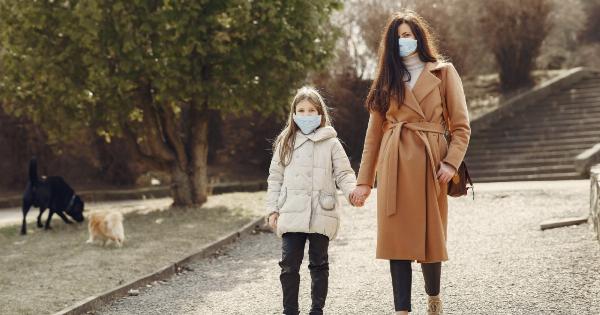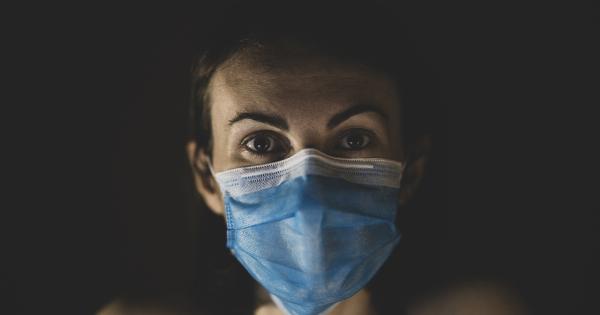The flu season has taken a severe toll across the country, with a staggering number of deaths and an alarming increase in ICU admissions.
According to recent reports, there have been 110 flu-related deaths and 111 patients currently in intensive care units.
Regional Impact
The impact of the flu has been widespread, affecting various regions of the country. The hardest-hit areas include:.
1. Midwest
In the Midwest, there have been 30 confirmed flu-related deaths and 35 patients currently in the ICU. The rapidly spreading virus has put a strain on hospitals and healthcare facilities, leading to a shortage of beds and resources.
2. Northeast
The Northeast region has also seen a significant rise in flu cases, with 20 reported deaths and 25 patients currently in intensive care. The surge in hospitalizations has prompted authorities to take immediate action to address the situation.
3. South
In the Southern states, the flu has claimed the lives of 25 individuals, and 28 patients are currently receiving critical care in ICUs. Health departments are working tirelessly to provide vaccines and raise awareness about preventive measures.
4. West
The Western states have reported 35 flu-related deaths and 23 patients in the ICU. Public health officials are urging people to take necessary precautions, such as frequent handwashing and getting vaccinated, to curb the further spread of the virus.
Hospitals Overwhelmed
The surge in flu cases has overwhelmed hospitals and healthcare systems. Emergency departments are experiencing a significant influx of patients, resulting in increased wait times and stretched resources.
Some hospitals have even resorted to setting up temporary treatment areas to deal with the high demand.
High-Risk Groups
Certain populations are more susceptible to severe flu complications, including:.
1. Elderly
Individuals aged 65 and above are at a higher risk of developing serious flu-related complications. It is crucial for this age group to prioritize vaccination and seek medical attention at the earliest signs of illness.
2. Infants and Young Children
Children, especially those under five years old, are vulnerable to flu-related complications. Parents are advised to ensure their children receive the flu vaccine and practice good hygiene to prevent the spread of the virus.
3. Pregnant Women
Pregnant women experience changes in their immune system, making them more susceptible to severe flu symptoms. It is recommended that expectant mothers get vaccinated to protect both themselves and their unborn babies.
Prevention and Precautionary Measures
To combat the widespread flu outbreak, it is essential for individuals to take preventive measures:.
1. Vaccination
The most effective way to prevent the flu is by getting vaccinated annually. Flu vaccines are designed to protect against the most prevalent strains of the virus and significantly reduce the risk of severe illness.
2. Good Hygiene Practices
Practicing good hygiene can help minimize the spread of the flu virus. This includes regular handwashing with soap and water, avoiding touching the face with unwashed hands, and covering the mouth and nose when coughing or sneezing.
3. Stay Home when Sick
If experiencing flu-like symptoms, it is crucial to stay home and avoid contact with others to prevent further transmission of the virus. Resting, staying hydrated, and seeking medical advice can help in the recovery process.
4. Educating the Public
Authorities, healthcare professionals, and community leaders must play an active role in educating the public about flu prevention and the importance of timely vaccination.
Awareness campaigns can bring about substantial behavioral changes and reduce the impact of flu outbreaks.
Conclusion
The current flu season has resulted in 110 deaths and 111 patients needing critical care in ICUs across the country. The situation is particularly dire in the Midwest, Northeast, South, and West regions.
It is crucial for individuals to take preventive measures, such as getting vaccinated, practicing good hygiene, and staying home when sick. By prioritizing public health and education, we can curb the spread of the flu virus and protect vulnerable populations.






























